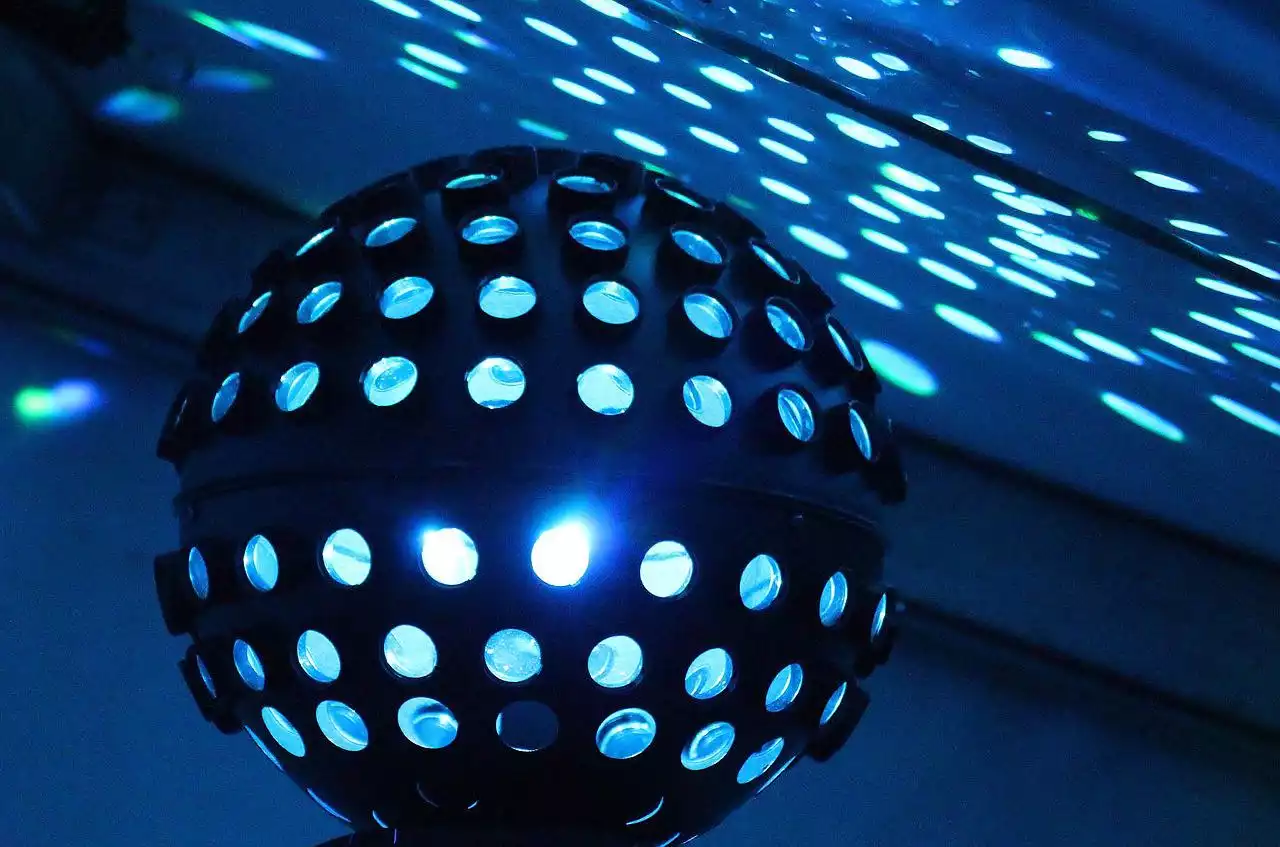In the 1980s, there was no genre quite like pop music. It was a decade of experimentation and reinvention, with old ideas combined in new ways and sounds that had never been heard before. The result was a glut of pop sub-genres that would go on to inform the music we listen to today. The 1980s were a great time for music but also a time when genres started merging and mutating. There were many different genres: New wave, post-punk, synthpop, indie rock, college rock, glam punk, alternative rock, power pop and more. Some of these genres continue to exist while others have faded away as individual bands moved on to something else or disbanded completely. But all of them left their mark on this decade’s pop music in some way or other Here are some of the most significant sub-genres that came about during this time period...
Synthpop
Synthpop is a genre of pop music that emerged in the early 1980s, with many new bands combining elements of synthpop with other types of music such as electro, techno, and new wave. The genre had been called analog techno in the mid-1980s, as synthesizers first became widely available to musicians outside of the electro-pop and disco/post-disco genres. In the 1980s, a lot of synthpop acts had enormous success, including Soft Cell, The Human League, Depeche Mode, New Order, Erasure, and Tears for Fears. The genre is still around today, but the ‘80s was definitely the decade where it rose to prominence.
Punk
Punk emerged in the ‘70s, but the ‘80s were a time of great change in the genre. Punk went from being a way for aggressive misfits to express themselves, to become a worldwide phenomenon. Punk was influencing pop culture and fashion; it was everywhere. The popularity of both pop punk and hardcore punk in the decade meant that they became the norm of punk. Alternative rock was also a punk-inspired genre that emerged during the ‘80s. Many of the most successful alternative rock acts of the ‘80s had punk roots, and the genres have been closely linked ever since.
Alternative Rock
As the name suggests, alternative (or alt) rock is a genre of rock music that is outside of the mainstream. While the genre had been around since the ‘70s, during the ‘80s, alternative rock exploded into the mainstream in a big way. Many of the bands and artists who created alt-rock have gone on to become some of the biggest artists in the world. The genre has continued to flourish over the years, but the ‘80s are the decade where it became a legitimate phenomenon. Alternative rock was often heavily influenced by punk music, and there was a crossover between the two genres during the decade. Alt-rock had a huge impact on pop music, and arguably on all music in general, as it shaped the way that music is consumed and shared.
Glam Punk
Glam punk is a sub-genre of punk and alternative rock that emerged in the mid-1980s. It’s characterized by a flamboyant, theatrical style, and was often seen as a reaction to the more mainstream and pop-oriented nature of alternative rock. Glam punk bands often feature a lead singer with a strong, charismatic stage persona. They wore flamboyant clothing, heavy make-up, and often had outrageous hairstyles. Glam punk is strongly associated with the ‘80s, when it was pioneered by bands like The Sex Pistols, The Ramones, and The Damned.
Indie Rock
Indie rock is a genre of rock music that emerged in the ‘80s and was very closely linked to college rock. Indie rock is often defined by a lack of commercialism. The bands that created it did so outside of the mainstream music industry, and generally did not have any interest in making the kind of music that was popular at the time. The ‘80s was a hugely significant decade for indie rock, and saw many of the key artists emerge who would go on to make it one of the most popular genres of the ‘00s. Some of the most successful indie rock bands of today evolved from college rock bands in the ‘80s.
Ska
Ska is a genre of music that came into popularity in Jamaica in the 1950s and 1960s. It was based on Caribbean rhythms and featured a shuffle bass line, a quick tempo, and a guitar/woodwind instrumentation. The ‘80s saw ska influence several pop music genres. It was used in punk, hardcore, and even in some hardcore punk bands that used ska as part of their musical identity. There were also a few pop acts that used ska in the ‘80s, most notably The Specials. This close connection between ska and the ‘80s meant that the genre was more of a fad than a lasting sound, but it has left a lasting impact.
Summary
The 1980s were a great time for music but also a time when genres started merging and mutating. There were many different genres: New wave, post-punk, synthpop, disco, punk, alternative rock, ska, glam punk, indie rock, college rock, power pop and more. Some of these genres continue to exist while others have faded away as individual bands moved on to something else or disbanded completely. But all of them left their mark on this decade’s pop music in some way or other.


 How to Care for a Chilean Rose Spider
How to Care for a Chilean Rose Spider
 How Activity Mats Can Help Stimulate Development
How Activity Mats Can Help Stimulate Development
 Austria's Enchanting Beauty: Discover the Top 10 Places to Visit for an Unforgettable Experience
Austria's Enchanting Beauty: Discover the Top 10 Places to Visit for an Unforgettable Experience 80s Music Scene: Golden Era of Synth Pop, Glam Rock, and Iconic Hits
80s Music Scene: Golden Era of Synth Pop, Glam Rock, and Iconic Hits The Biggest Albums Sold in The 1980s
The Biggest Albums Sold in The 1980s Sex, Drugs and Rock n Roll in the 1980s
Sex, Drugs and Rock n Roll in the 1980s Pop Culture and Couture in the eighties
Pop Culture and Couture in the eighties Alternative styles of Music that Thrived in The Eighties
Alternative styles of Music that Thrived in The Eighties